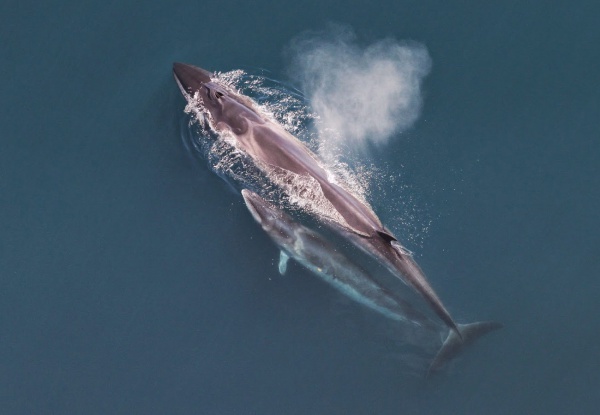Facts About Sei whale
The sei whale is a captivating baleen whale and the third-largest member of the rorqual family, trailing only the blue whale and the fin whale. These majestic creatures inhabit most of the world's oceans, favoring deep, offshore waters. They undertake annual migrations, spending summers in cool subpolar waters and winters in more temperate subtropical regions.
On a daily basis, a sei whale consumes approximately 900 kg of food, primarily feeding on copepods, krill, and zooplankton. Notably, they are among the fastest cetaceans, capable of reaching speeds up to 50 km/h in short bursts.
Due to extensive commercial whaling, sei whale populations plummeted dramatically. Fortunately, they are now internationally protected, with an estimated population of around 80,000 as of 2008, which is still less than a third of their pre-whaling numbers. The name "sei whale" is derived from the Norwegian word for pollock. There are two recognized subspecies: the northern sei whale and the southern sei whale.
Sei whales are filter feeders, using baleen plates to sift through water and capture food near the ocean's surface. They reproduce in temperate seas during the winter, with females giving birth every 2-3 years. The mating and gestation periods can vary, and calves are typically weaned at 6-9 months. These whales are also known for their long, loud vocalizations, with distinct calls identified in different regions.
Their range encompasses all the world's oceans, though they are seldom found in polar or tropical waters. Their migration usually involves moving from cooler to more temperate regions. Conservation efforts have intensified since the 1970s, and the sei whale is listed as endangered under various conservation agreements.
Despite these efforts, the population is still in recovery, with current numbers around 80,000, a significant decline from pre-whaling levels. There have been instances of mass mortality events, possibly linked to toxic algae blooms and other environmental factors.

 Bolivia
Bolivia